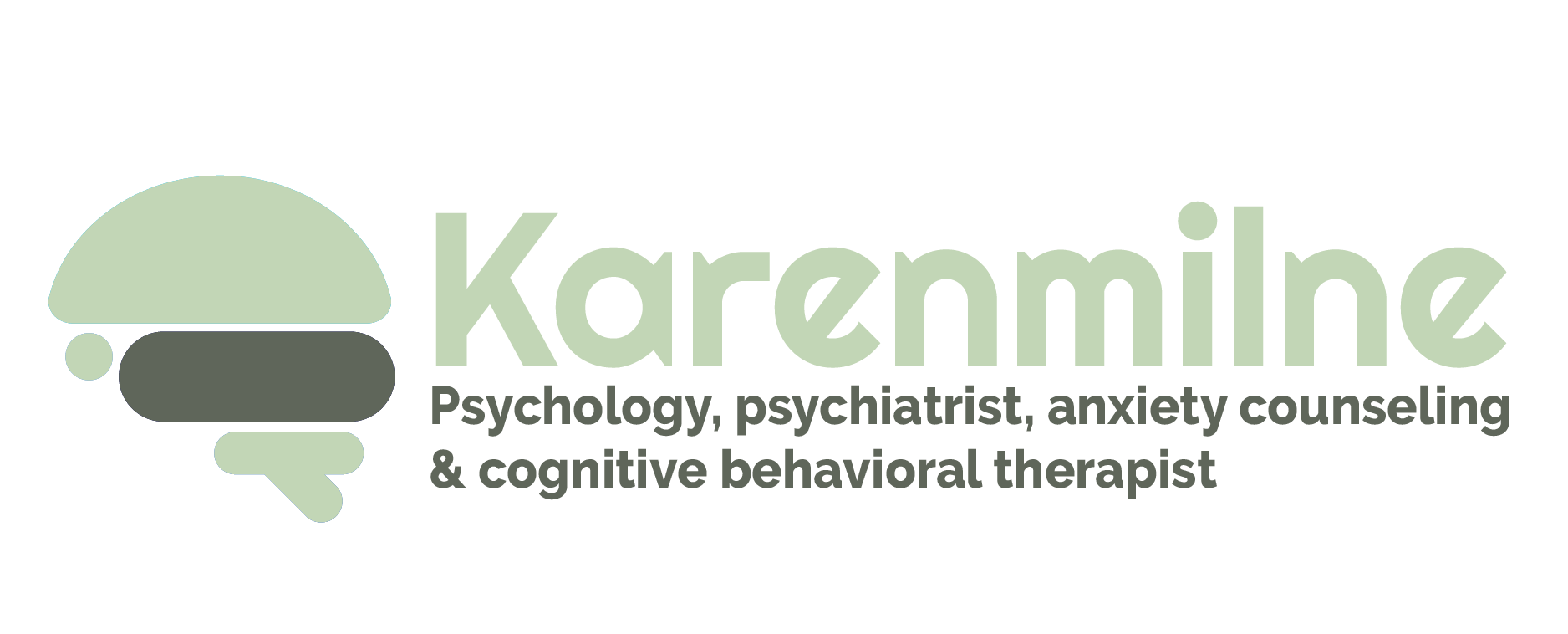There are many different types of personality tests, but Myers-Briggs is the most popular one. Developed by Isabel Briggs Myers and Katharine Cook Briggs in the 1940s, it categorizes people into one of sixteen personality types. Each type is named after a four-letter acronym and includes a series of questions about a person’s communication style, personality style, and strength. The test is used in a variety of settings, including business, counseling, and the military.
A personality test isn’t designed to “typecast” students; it’s designed to help teachers understand each student’s unique character and learn about how best to teach them. Personality types can change over time, but many environmental and stress factors can cause people to shift their type. It’s important to recognize your own strong and weak personality traits, even if you’ve never taken a personality test before. Personality tests are fun exercises for the class and can help you plan your lessons.
When taking a personality test, make sure to choose the traits that reflect your true feelings, and challenge your answers when you feel that they aren’t true. In doing so, you’ll be displaying a more accurate profile and more accurate personality profile to employers. Don’t overstate your positive traits or you’ll look too insecure. This can actually reflect negatively on your resume. This is especially true of the first-round personality test.
Other personality tests use a variety of methods to determine a person’s character traits. These may include questionnaires, surveys, or observations, or objective performance tests. While the meaning of a person’s scores is difficult to determine directly from a test, researchers have developed norms to provide a reference point for interpreting their test results. Typical formats include percentile ranks, z scores, sten scores, and other types of standardised scores.
The Big Five model is a more recent version of the test. It measures the Big Five personality traits: openness to experience, conscientiousness, extraversion, and depression. Although the Big Five model is a more accurate measure of personality, it has its limitations. Its results may not be representative of people living outside of the Western industrialized world. Moreover, it does not measure all aspects of the personality, so it’s not particularly valid for hiring in these circumstances.
Another type of personality test is the Minnesota Multiphasic Personality Inventory, which was originally developed in 1943 and updated in 1989 to contain 567 questions. It was designed to measure basic human traits, but the test’s test bias made it unsuitable for cross-cultural assessments. The Minnesota Multiphasic Personality Inventory is also used to identify psychopathology, and it can help determine the Big Five personality traits, including aggressiveness, psychoticism, and negative emotionality.
Using a personality test may not be the most effective method of selecting employees, but it can help employers target critical behaviors. It helps employers receive data about job-fit matches and candidate success in specific roles. The most commonly used personality assessment tool is the Myers-Briggs Type Indicator, which is used by 89 percent of Fortune 100 companies. The Myers-Briggs type Indicator, or MBTI, is an effective way to predict personality traits.
The format of a personality test is largely dependent on the type of employer and position. Some employers may use their own personality tests, but most are not. Before taking a personality test, it’s important to consider whether the personality test you take matches with the role that you’re applying for. You’ll want to take the time to make sure that your character strengths and skills match the job description. In addition, take some time to look over the employer’s values, and make sure the questions are aligned with those of the company you’re applying to.
Although personality tests usually don’t have a time limit, rushing through the test may not be beneficial. A good personality profile is formed from accurate responses, so take your time and read the questions carefully. Don’t dwell on answers, as this may suggest a lack of interest or indecision. If you’re having trouble answering the questions, you should avoid choosing the neutral option. It’s also advisable to avoid answers that are too opposite to what you’re actually feeling.
